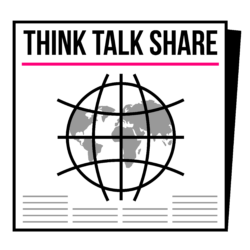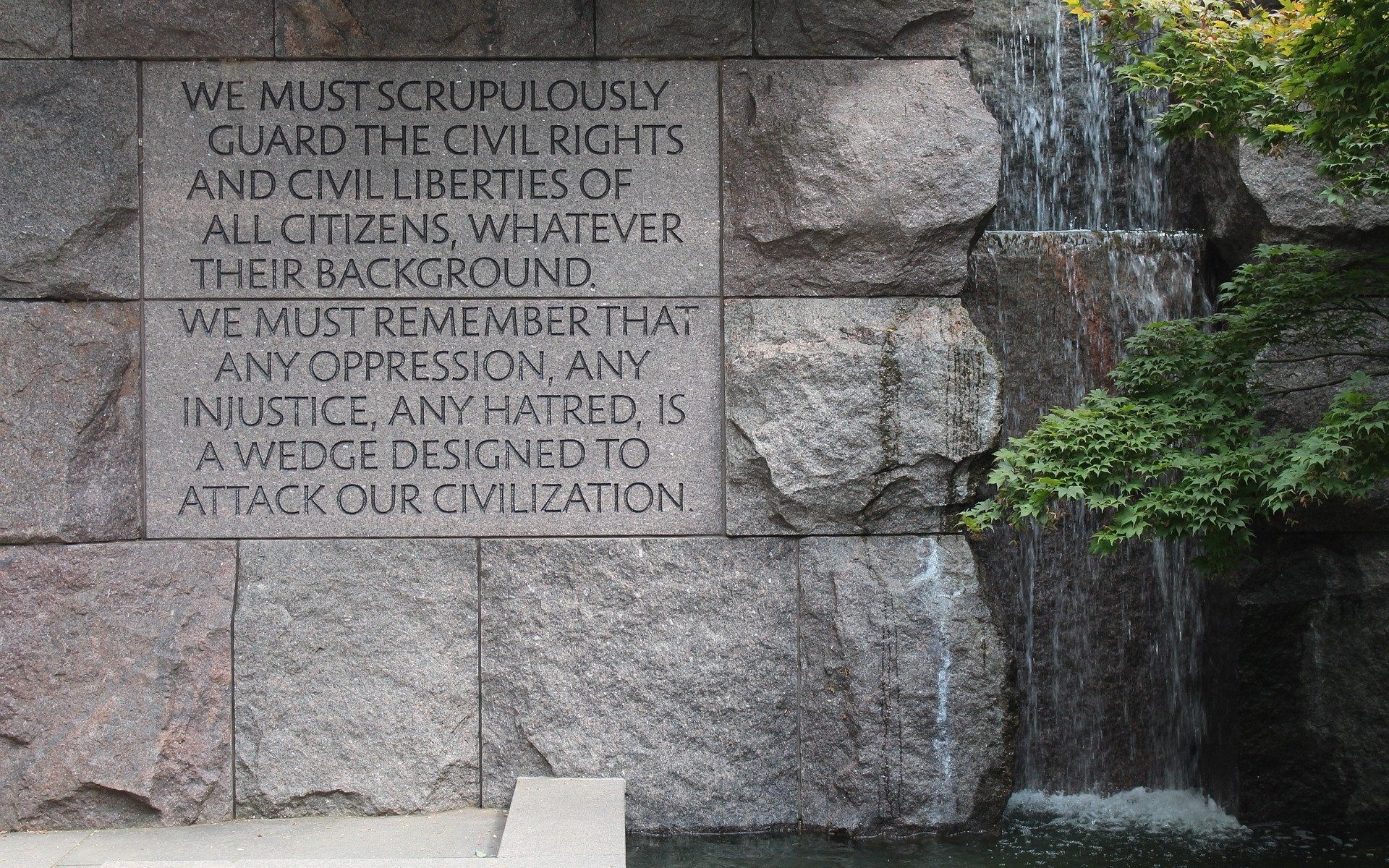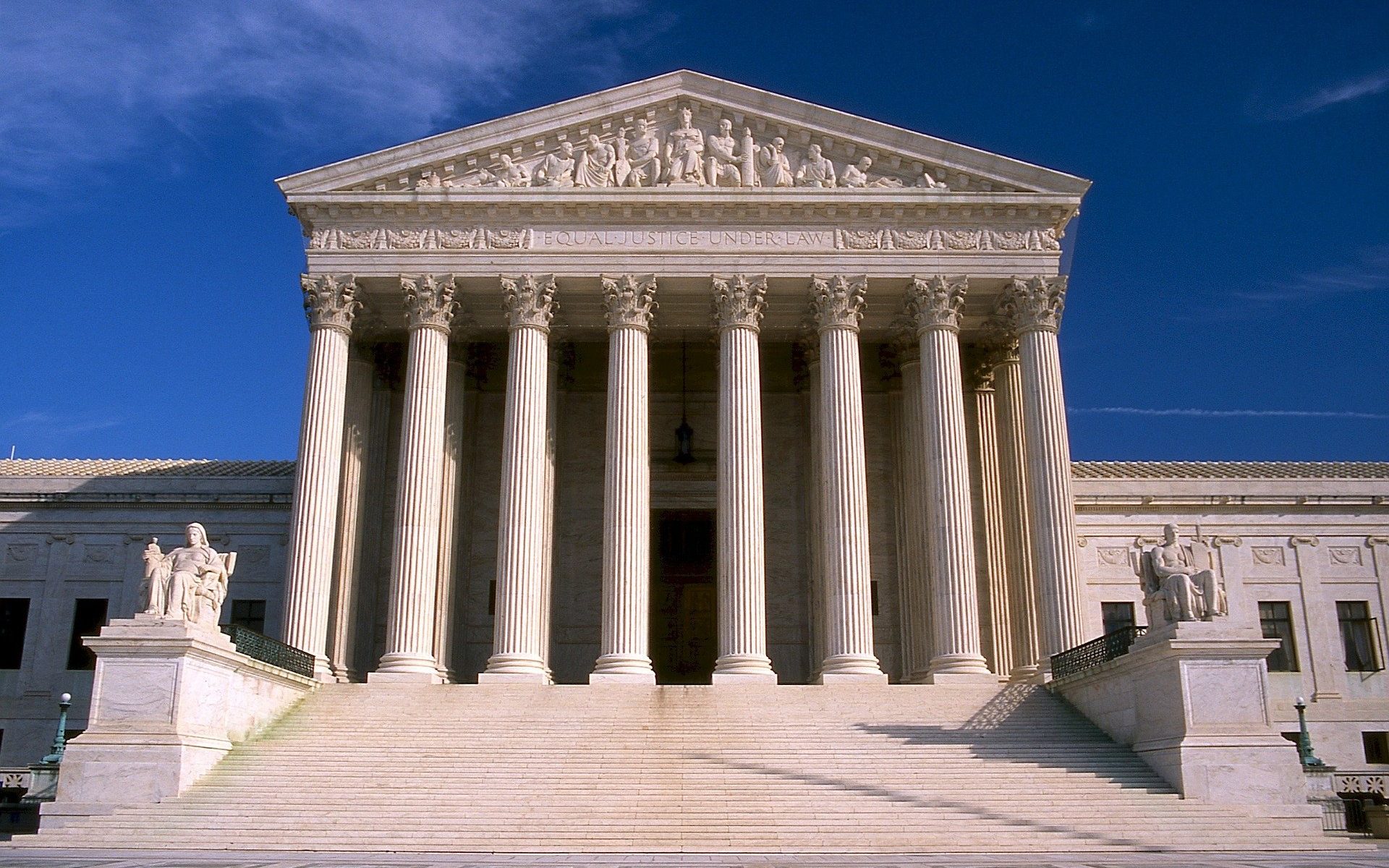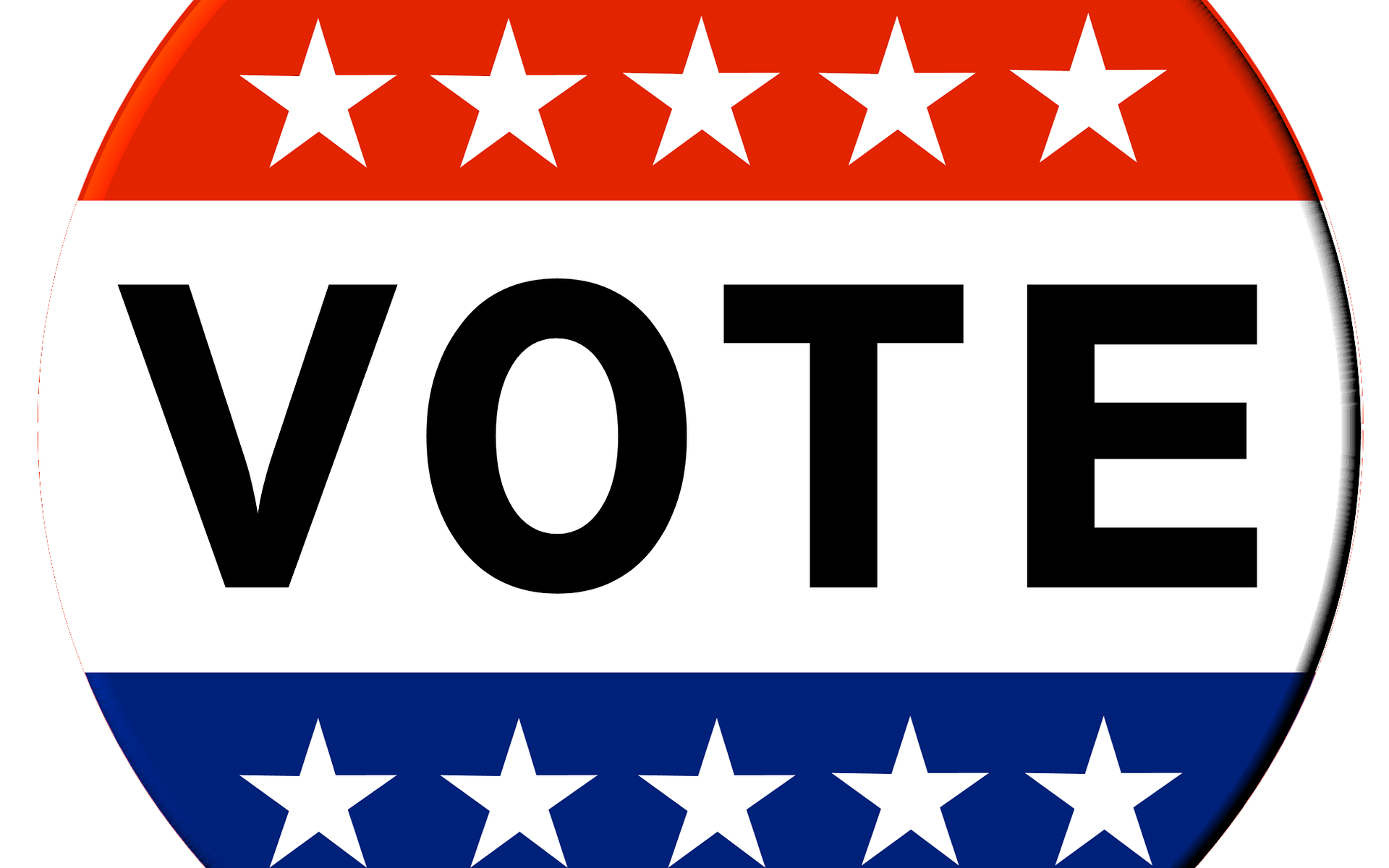The other day, someone nonchalantly said to me that “you know that the pandemic is dying down when school shootings are starting up again.” Sadly, this rings true.
It’s April 17, 2021, and there have been 148 mass shootings this year to date. It’s April 17, and 12,515 people have been the victims of gun violence. It’s April 17, and 1358 kids between the ages of 0 and 17 have been shot, 402 fatally. It’s April 17, and last week, the governor of Tennessee signed a law that allows residents to carry a firearm either openly or concealed without requiring a permit if they are over 21. This week, a student was shot and killed at Austin-East Magnet High School in Knoxville, Tennessee.
Rightfully so, the coronavirus pandemic took up most of the news cycle for the past 13 months. Yet, although mass shootings declined during 2020 with quarantine restrictions, “2020 was the deadliest gun violence year in decades.” According to the Washington Post, nearly 20,000 Americans died due to gun violence in 2020 alone, and an additional 24,000 Americans died by suicide with a gun. Despite alarming rates of gun violence and suicide, an overwhelming number of these tragedies happened outside the national spotlight. And just like the COVID-19 crisis, this gun violence disproportionately affects BIPOC communities.
Fortunately, this particular epidemic has not escaped the notice of President Biden. President Trump was publicly known to be affiliated with the NRA, accepting over $30 million in campaign funding from the group, and actively supported loosening federal gun restrictions. In contrast, in his third month of office, President Biden already announced an agenda with gun safety reforms and executive actions. The most significant of Biden’s efforts include directing “the Department of Justice to propose a regulation, within 30 days, to stop the proliferation of deadly, untraceable ghost guns.” Ghost guns refer to unregulated firearms that can be built from kits or 3-D printed and therefore have no tracking serial number or background check requirement. The New York Times cites President Biden saying, ‘“I want to see these kits treated as firearms under the Gun Control Act.” This initiative is a direct response to shootings like the one in November 2019, when five students were shot, two of them fatally, by a 16-year-old student using a ghost gun at Saugus High School in Santa Clarita, California. This action is reminiscent of former presidential candidate Senator Bernie Sanders’ policy to crack down on 3D-printed firearms.
Other parts of President Biden’s Gun Control Act include modifying “multiple federal grant programs to increase available funding for community violence intervention programs,” publishing “a model state red flag law within 60 days,” and directing the “DOJ to issue a new, annual comprehensive report on firearms trafficking.” Biden’s policies not only are working to decrease guns in circulation with the protocol addressing ghost guns, but also, with the red flag mandate, working to keep guns out of the hands of individuals who may be a danger to themselves or others, a prudent action especially during the uncertainty brought about by the pandemic. In 2019, 23,941 lives were lost due to suicide by guns. According to Everytown for Gun Safety, it is estimated that the economic recession caused by the pandemic will lead to a 20-30% increase in the number of suicides by guns over the next projected 3 years. The COVID-19 lockdown caused an unprecedented jump in firearm purchases in 2020, with “an estimated 1.9 million additional guns sold during March and April 2020 compared to the same time period last year.”
In addition, President Biden will be nominating David Chipman to serve as Director of the Bureau of Alcohol, Tobacco, and Firearms. This agency hasn’t had a confirmed director since 2015. However, the move is a good sign to finally have clear leadership at the bureau responsible for enforcing policies that have to do with gun safety and gun violence prevention, a huge step for prioritizing America’s gun control enforcement.
Given the strong alliance along partisan lines, citizens must show strong support for gun control legislation to succeed. We can use our votes to elect legislators who will take action against this epidemic and our voices to engage with organizations. Organizations such as Everytown For Gun Safety, with its nearly six million supporters engaged in research, policy initiatives, fundraising, and community outreach, strives to organize action at the local level to end this “uniquely American crisis.” These organizations have broad reach. Especially since the shooting at Marjory Stoneman Douglas High School in Parkland, Florida, on February 14th, 2018, students have been intensely involved in this fight against gun violence, leading organizations like the National Association of Students Against Gun Violence and March for Our Lives. Even with the pandemic causing a decline in protests, students have taken to social media to get their messages across. Social media continues to be a prime news source for younger Americans, and by posting information about what students can do from home to combat gun violence, this generation has added a new dimension to activism, following in the footsteps of movements like Black Lives Matter and #EndSARS.
While Biden’s legislation is the key to making progress on the regulatory level, the key to solving this epidemic is outrage. Our country continues to normalize mass shootings, and we have lost the sense of outrage that we once felt when the news of Columbine, Sandy Hook, and Parkland happened. Long-lasting, effective gun control requires the support of federal and local lawmakers. Without outrage, sweeping legislation will be a pipe dream, and “thoughts and prayers” will continue to be all we have to offer when another shooting occurs. But, as Moms Demand Action’s members so aptly phrased their campaign to end gun violence, we need #MoreThanThoughtsAndPrayers.











